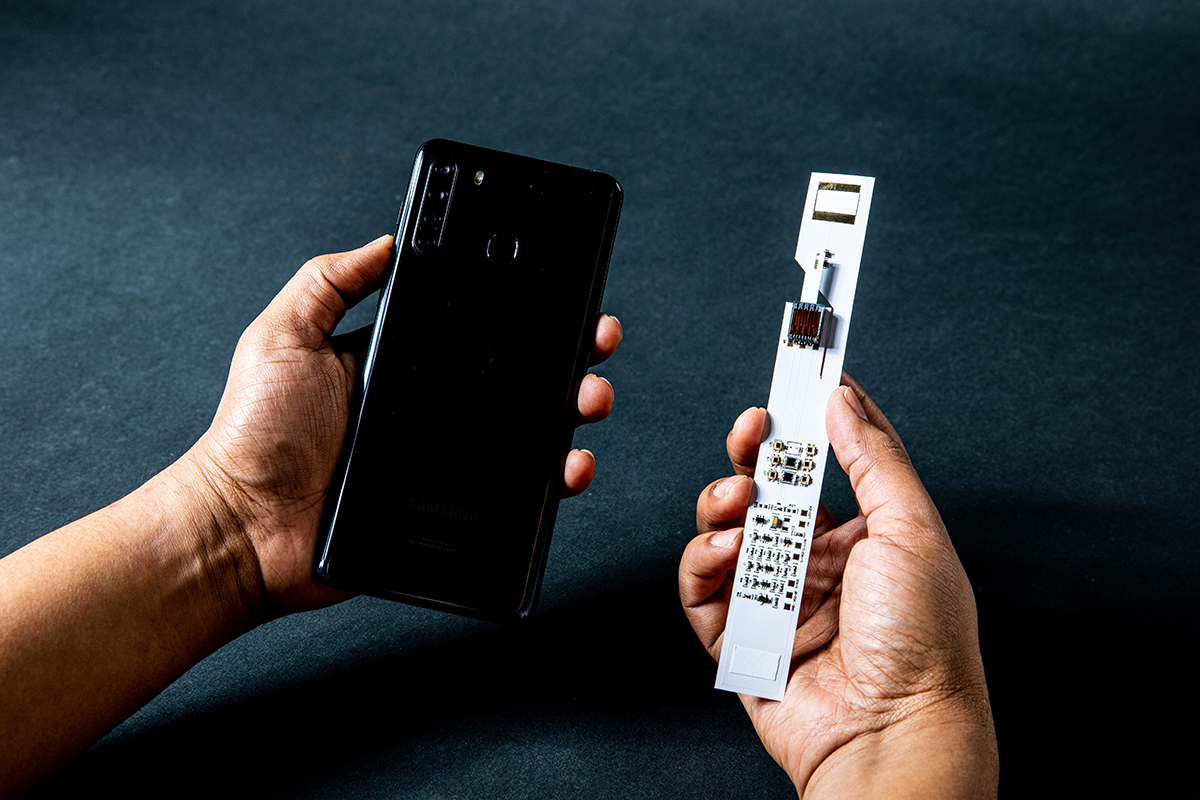@article{waghmare2023glucoscreen,title={GlucoScreen: A Smartphone-based Readerless Glucose Test Strip for Prediabetes Screening}, author={Waghmare, Anandghan and Parizi, Farshid Salemi and Hoffman, Jason and Wang, Yuntao and Thompson, Matthew and Patel, Shwetak}, journal={Proceedings of the ACM on Interactive, Mobile, Wearable and Ubiquitous Technologies}, volume={7}, number={1}, pages={1--20},year={2023},publisher={ACM New York, NY, USA}}

